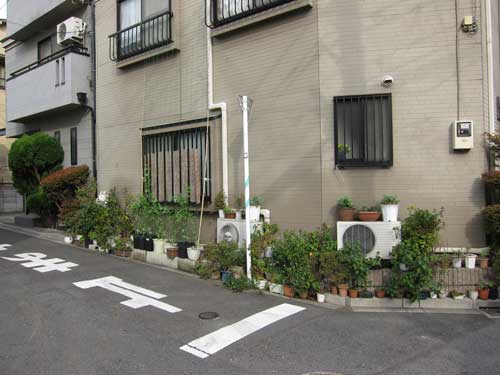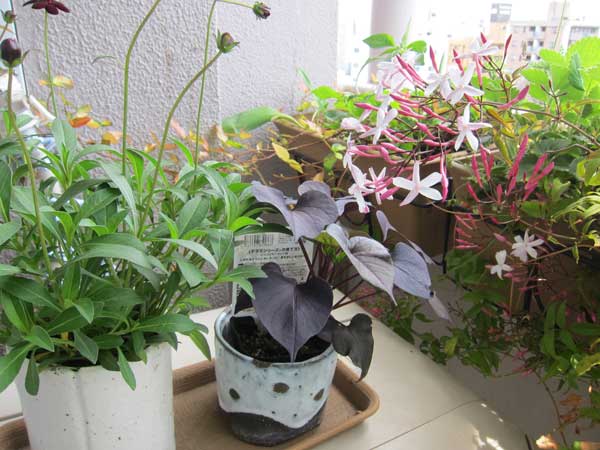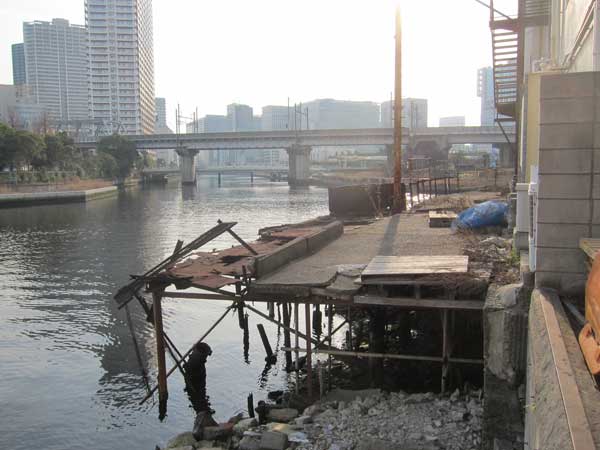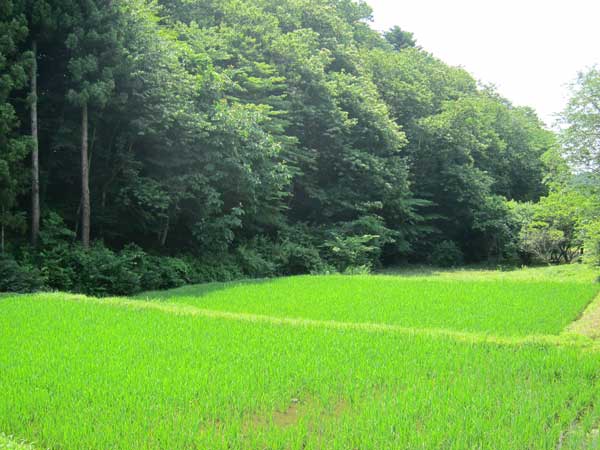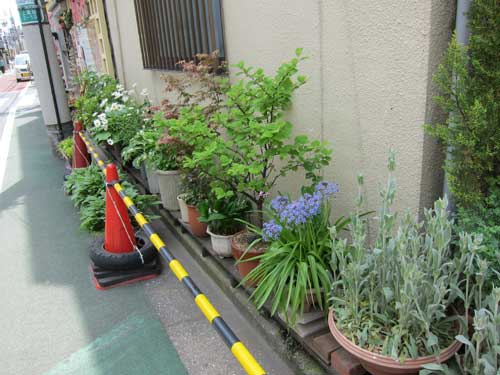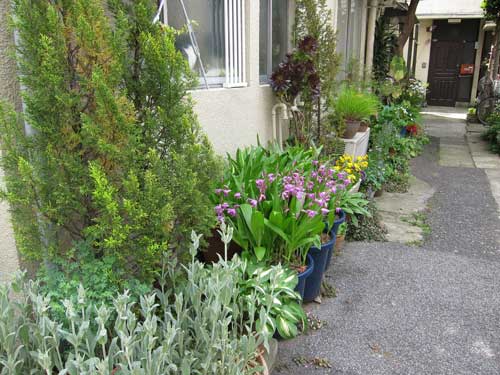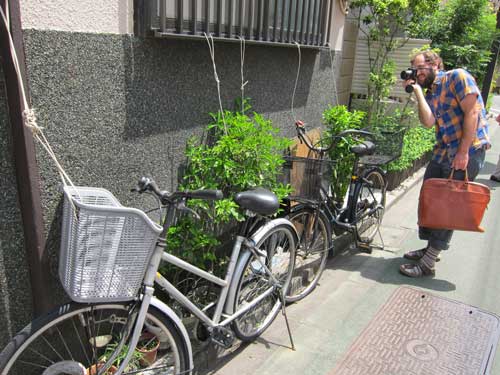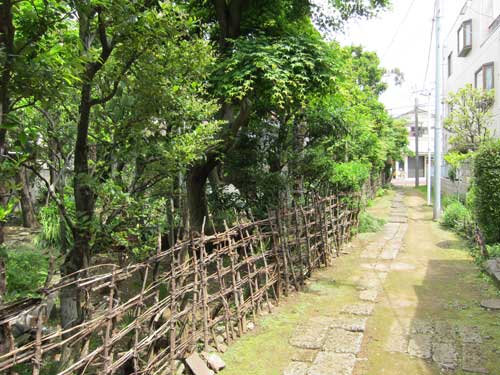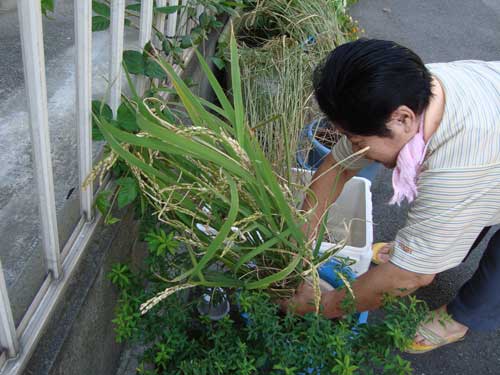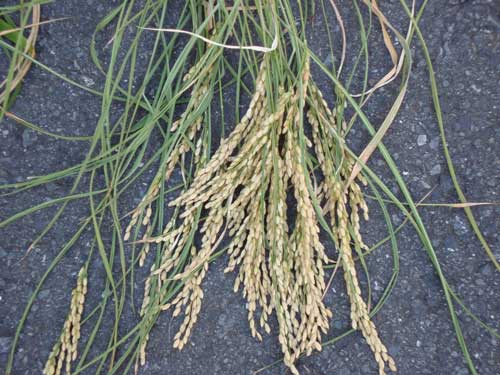
どうして素敵な建築に都市生物多様性がないのだろう?
Why is cool Tokyo modern architecture devoid of urban biodiversity?
I recently took Linus Yng’s wonderful bike tour of (mostly) Suginami, with a few detours in Setagaya. I highly recommend exploring Tokyo on a bike with this Swedish graduate student in architecture. His tours combine visits to notable contemporary buildings, and a broad understanding of Tokyo’s history, topography, planning, edges, forgotten spaces, and endless complexity.
I’ll be running a series of posts sharing what I learned on this 3 hour ride. There were so many interesting designs, so many traces of country roads and Edo canals, and some surprises along the way. Today’s post looks at a remarkable small residence, designed by Yamashita Yasuhiro of Atelier Tekuto, our first stop.
I am amazed that in Tokyo, people are able and willing to pay for innovative small residences that stand out from the vast majority of large and small buildings that are built rather than designed. I love how futuristic this house is, and wonder what it’s like to live inside.
Yet from a biodiversity and neighborly perspective, I am very skeptical of this project. It seems all the more ironic when I read the Design Boom interview that states the architect “creates his architecture based on the system of society, the environment and the function.” Although the neighboring buildings suffer from a lack of design, I admire how social they are in terms of informal gardens.
I wonder why this designed residence is so void of plants. Perhaps the owner has no interest in plants. Yet, I wonder if the architect could not have specified some low maintenance, high impact plantings that would have brought life to the building. Perhaps architects don’t want organic material interfering with the shapes and lines they create. Given how street gardens are so uniquely Tokyo, I think this architect, like many others, has missed a big opportunity to re-imagine public green space and sociability.


